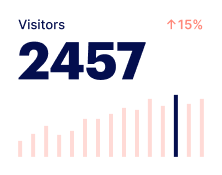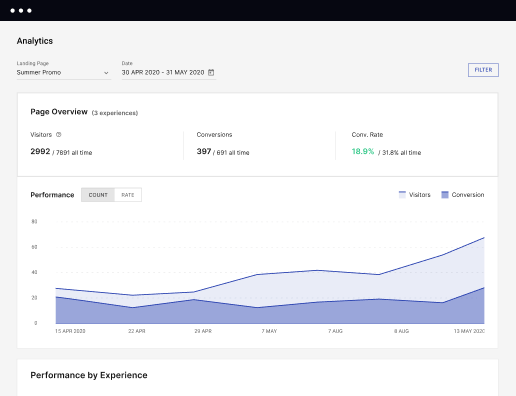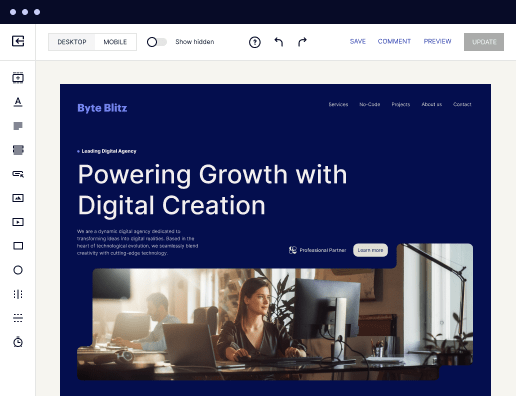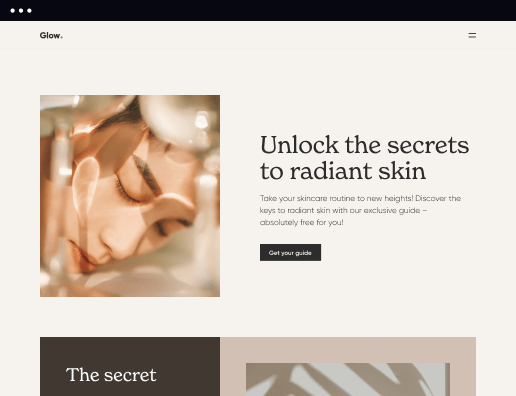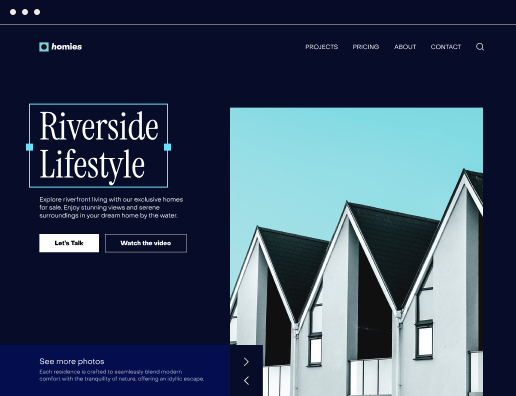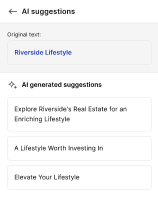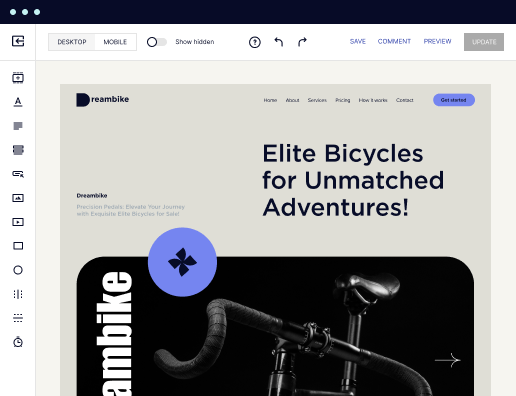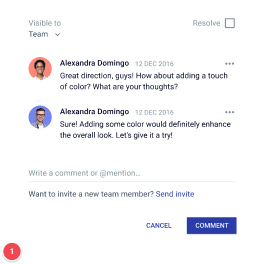Make your 403 forbidden page optimized for PC
Instapage empowers you to slash costs, skyrocket conversions, and deliver tailored experiences on PC.
Create Your 403 Forbidden Page on PC with Instapage
Designing a 403 forbidden page can seem daunting, but with Instapage, you can enhance your brand's credibility while improving user experience. This process allows you to tailor your content, ensuring that visitors receive relevant information while maintaining trust. Let’s dive into how to effectively create your 403 forbidden page using our intuitive platform.
Understanding the 403 Forbidden Page
A 403 forbidden page indicates that a user does not have permission to access a particular resource. This page can be an opportunity for brands to communicate effectively with users, explaining the error while maintaining engagement. Utilizing Instapage allows for the easy integration of personalized messages that can alleviate user frustration during this unexpected roadblock.
- Importance of communication: Clearly explain why access is denied, which can reduce user confusion.
- Building trust: A well-structured 403 page can show visitors that your brand cares about their experience.
- Call to action: Encourage users to contact support or explore other parts of your website.
Step 1: Create a Compelling Landing Page
Begin by selecting a versatile template from Instapage's extensive library tailored for error pages.
- Choose a template: Navigate through the catalog and select a layout that fits your brand aesthetic.
- Customize content: Utilize dynamic text replacement to personalize your message for different audiences.
- Add relevant links: Ensure users can navigate easily to other areas of your site.
Step 2: Optimize for User Experience
User experience is critical when someone lands on a 403 forbidden page. Using Instapage's A/B testing features will help you determine which designs and messages resonate best with your audience.
- Conduct A/B tests: Evaluate different versions of your 403 page to see which results in better user engagement.
- Utilize detailed heatmaps: Analyze how users interact with your content to optimize layout and messaging.
- Integrate analytics: Track performance metrics to measure the effectiveness of your landing page.
Step 3: Collaborate and Review
Collaborating with your marketing team can ensure that all perspectives are considered. Instapage’s collaboration features allow for real-time editing and feedback.
- Instant feedback: Encourage team members to share thoughts on the design and copy.
- Real-time editing: Work together to make adjustments without leaving the platform.
- Secure sharing: Share drafts with stakeholders outside your organization to gain additional insights.
By following these steps, you ensure your 403 forbidden page not only serves its purpose but also enhances your overall brand experience.
Ready to create a seamless 403 forbidden page? Start your journey with Instapage today and empower your marketing strategy!
Get more out of Make your 403 forbidden page on PC
Improve your Quality Score with quick load technology for landing pages
Increase conversions with content that aligns with your ads and audiences
Achieve maximum ROI by scaling your marketing initiatives
Leading the way in building high-performing landing pages





FAQs
See how to make your 403 forbidden page on pc in action
Ready to skyrocket conversions?
Supercharge your ad campaigns with high-performing landing pages.
Get started
